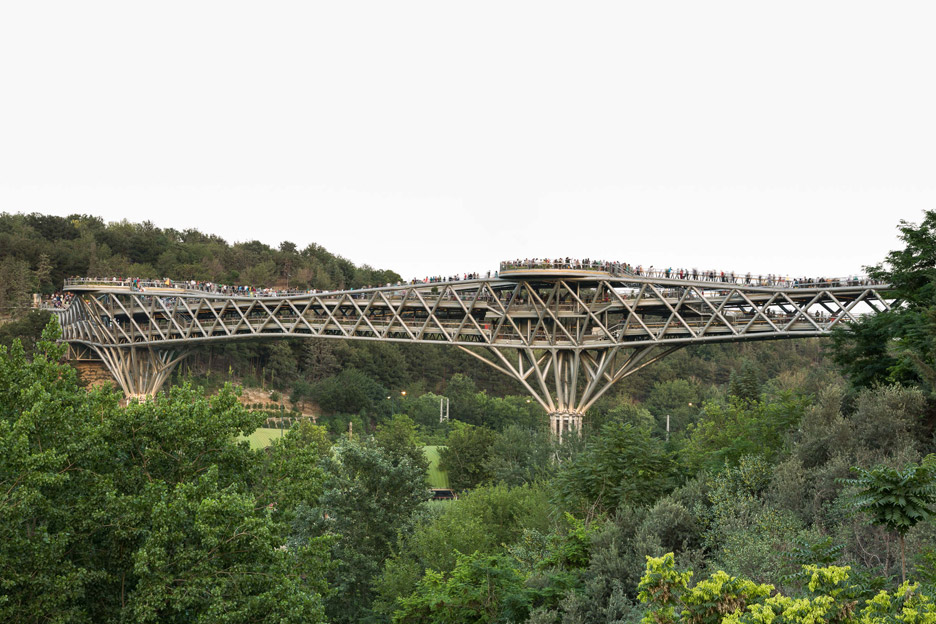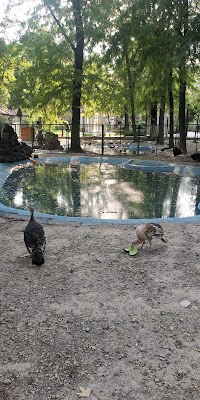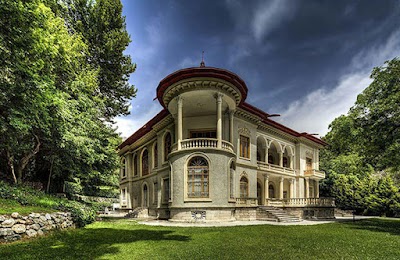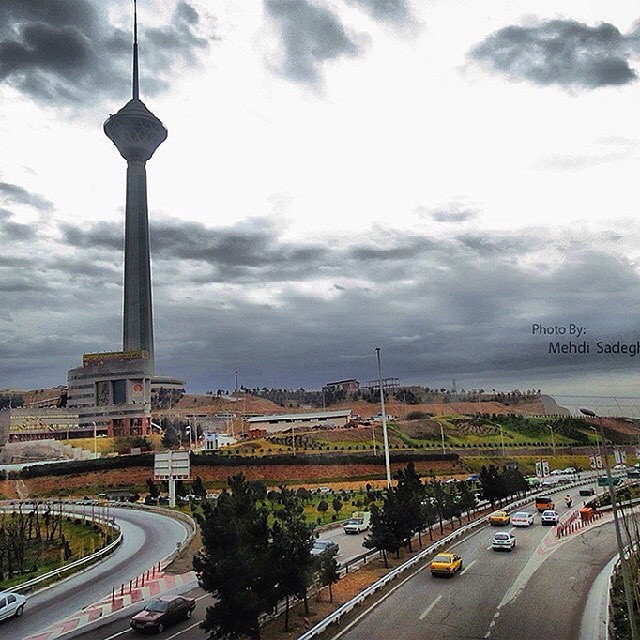Imam Khomeini Mosque (مسجد امام خمینی)
Related Places
Overview
Imam Khomeini Mosque, known locally as Masjid-e Shah before the Iranian Revolution, is one of the most iconic landmarks in the heart of Tehran, Iran. This mosque captures the imagination with its exquisite architecture, profound historical significance, and its vibrant role in the socio-religious landscape of the country. As a foreign tourist, you'll find this site not only a place of worship but also a window into the rich Persian culture and Iran's tumultuous yet fascinating history.
Originally constructed in the early 19th century during the reign of Fath-Ali Shah Qajar, a prominent monarch of the Qajar dynasty, the mosque was initially called Masjid-e Shah, meaning "Shah's Mosque." This name reflects the ruling monarch's influence and the mosque's status as a monumental piece of royal architecture. Following the Islamic Revolution in 1979, it was renamed in honor of Ayatollah Ruhollah Khomeini, the revolutionary leader and founder of the Islamic Republic of Iran.
Architecturally, Imam Khomeini Mosque is a breathtaking example of traditional Persian craftsmanship. With its grandiose domes, intricate tile work, and beautiful calligraphy, the mosque stands as a testament to the aesthetic brilliance of Persian art. The central dome, adorned with mesmerizing blue and turquoise tiles, soars skyward, offering a spiritual and visual feast for visitors. The four towering minarets that frame the structure enhance its grandeur, creating an imposing yet inviting presence in Tehran's skyline.
One of the mosque's key features is its vast courtyard, often bustling with worshippers and tourists alike. The courtyard is surrounded by a series of arcades and chambers showcasing some of the finest examples of Persian tile work and calligraphy. Each tile tells a story, depicting verses from the Quran or traditional floral and geometric patterns synonymous with Islamic art. This open space serves as a communal hub where people gather, pray, and engage in discussions, contributing to the mosque's lively atmosphere.
The mosque is not merely a place of worship; it has played a significant role in Iran's recent history. Important speeches and gatherings were held here during the Islamic Revolution, making it a symbol of social and political change. Today, the mosque continues to serve as a central location for religious and political activities. During the Islamic holy month of Ramadan, the mosque hosts elaborate iftar dinners, drawing thousands who come to break their fasts together. It is also a key site for Friday prayers, often led by prominent clerics addressing pressing issues of the day.
For the culturally curious tourist, visiting Imam Khomeini Mosque offers more than just a chance to see beautiful architecture; it provides profound insight into the cultural and religious ethos of Iran. The mosque is frequently visited by Iranians from all walks of life, making it an excellent place to observe and understand local customs, traditions, and daily routines. The surrounding bazaars add to the charm, offering a plethora of traditional goods ranging from spices and carpets to handcrafted souvenirs. These markets present an opportunity to immerse yourself in local culture and perhaps pick up a keepsake of your visit.
Another interesting aspect of the mosque is its status as an educational institution. Adjacent to the mosque, you will find religious schools, or Hawzas, where students undergo rigorous theological training. These institutions contribute to the spiritual and intellectual life of the mosque, making it a hub for learning and religious discourse.
When planning your visit, it's important to note that the mosque is open to non-Muslims, although certain areas are restricted to Muslims only. Respectful attire, including headscarves for women and modest clothing for men, is required. Photography is generally allowed, though it’s best to ask for permission, especially when people are present.
In summary, Imam Khomeini Mosque is more than just a physical structure; it is a significant cultural and historical symbol of Tehran and Iran as a whole. Its elegant architecture, historical importance, and vibrant community activities make it a must-visit destination for any tourist in Tehran. Whether you're an architecture enthusiast, a history buff, or someone interested in experiencing the spiritual heartbeat of Iran, this mosque offers a captivating glimpse into the soul of the country.






